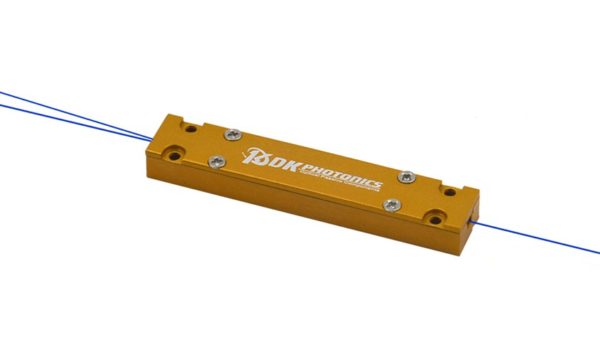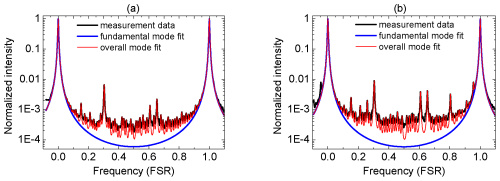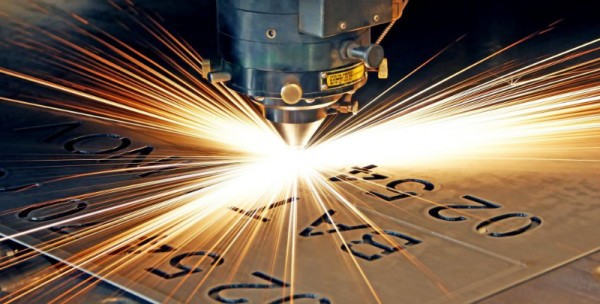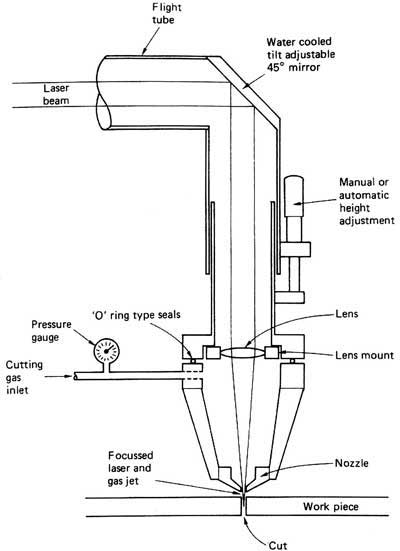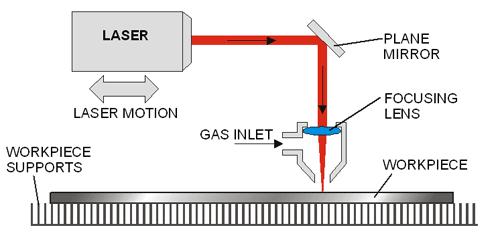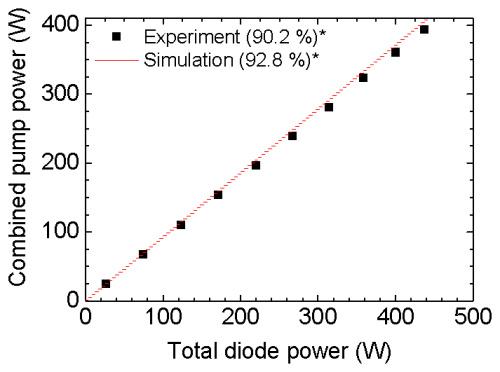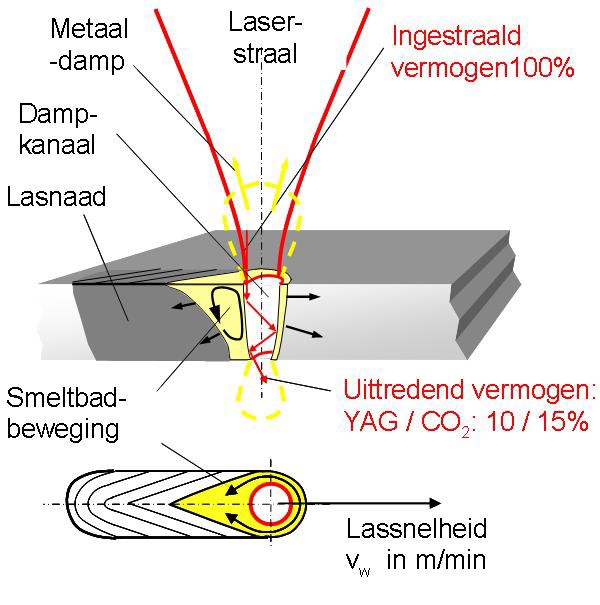The fused multimode Pump Combiners provide very high coupling efficiency over a wide wavelength range from multiple sources to one output fiber. The combiners are offering very high coupling efficiency, high optical power handling, back reflection, low insertion loss and zero-alignment. They ideally used in medical, spectroscopy, sensor, laser, and defense application. The multimode combiners are using the power the power from several multimode laser diodes, with an optional signal feed, into a single, double or triple clad output fiber.
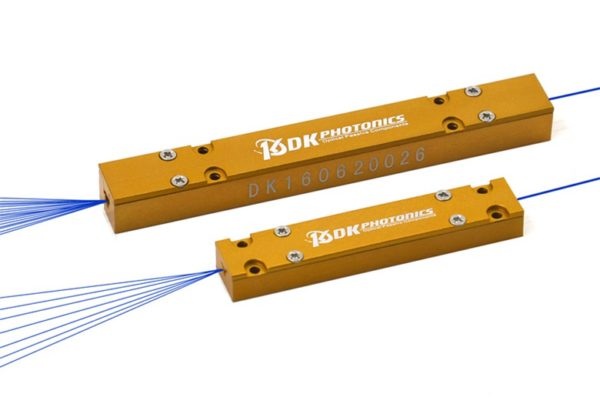
What does it mean to have a multimode pump combiner?
The best combiners mean betting the most of the pump diodes, with minimal heat dissipation management. The combiners are meant to address fiber optic applications used in various markets like research, medical, telecom, and industrial. The processes are capable of high flexibility in the design leading to thousands of different fiber configurations.
Here are the different types of multimode pump combiner –
2×1 Multimode Pump Combiner
The pump combiner combines 2 multimode lasers power to create a high power output. It features exceptional optical characteristics and the output fiber is used to transmit energy fiber as the energy synthesis. It provides cost-efficient power transfer for high power applications like direct diode materials processing.
3×1 Multimode Pump Combiner
It combines 3 multimode laser powers to create a high power output. The fiber is transmitting energy as the energy synthesis and it offers efficient power transfer for high power applications. The Multimode Combiners are designed to meet a wide range of power handing configurations and adaption to different fiber types.
4×1 Multimode Pump Combiner
The pump combiner is combining 4 multimode lasers power to create a high power. The combiners have laser power to create exceptional optical characteristics and the output fiber is transmitting energy fiber and pumps cascading enables a maximum conservation of brightness.
7×1 Multimode Pump Combiner
The multimode pump combiner combines 7 multimode laser power to create high power output with consigned fibers. The optical fibers are transmitting energy fiber and the combiner offer efficient power transfer for high power applications.
The multimode combiners feature exceptional optical performance and the device can be used to combine the power from several multimode laser diodes with an optional signal feed. The high power package enables the achievement of power levels in a wide variety of fiber configurations. The fiber allows the optimization of designs and minimizes the transmission loss.
